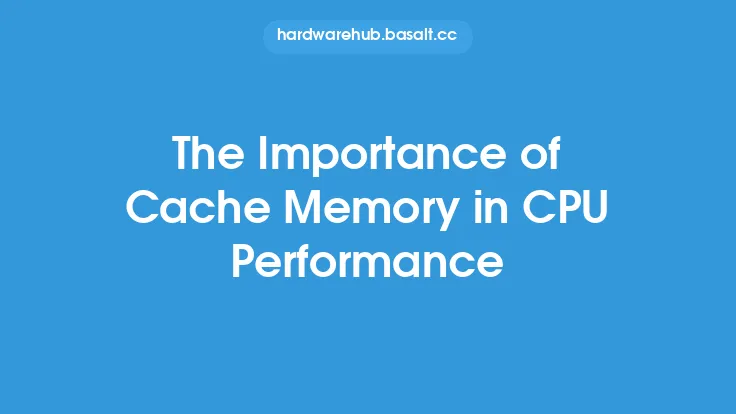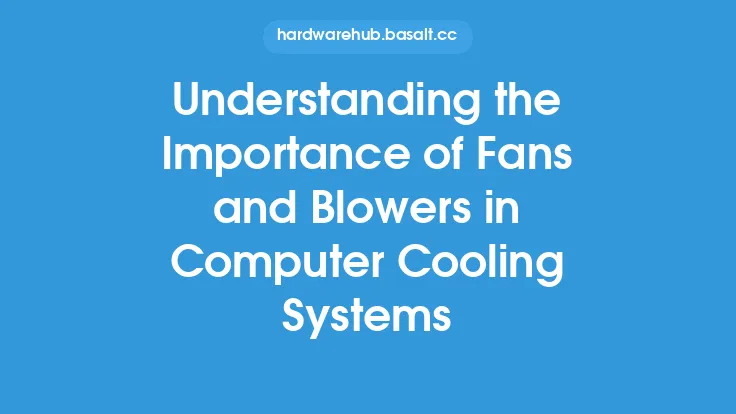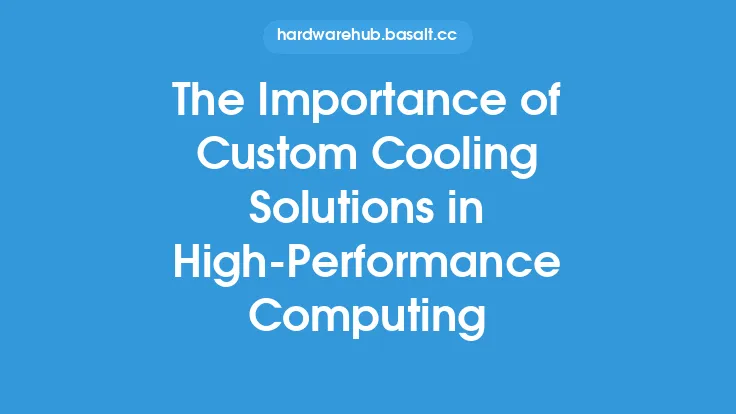Cache memory plays a crucial role in the performance and efficiency of Graphics Processing Units (GPUs). In modern computing, GPUs are not only used for graphics rendering but also for general-purpose computing, machine learning, and other compute-intensive tasks. The cache memory in GPUs is designed to reduce the latency and increase the throughput of data access, which is essential for achieving high performance in these applications.
Introduction to Cache Memory in GPUs
Cache memory is a small, fast memory that stores frequently accessed data. In GPUs, cache memory is used to store graphics data, such as textures, vertices, and pixels. The cache memory acts as a buffer between the main memory and the processing units, providing quick access to the data needed for processing. The cache memory in GPUs is typically divided into multiple levels, with each level having a smaller capacity and faster access time than the previous one. The most common cache hierarchy in GPUs consists of three levels: L1, L2, and L3 cache.
Cache Hierarchy in GPUs
The L1 cache, also known as the first-level cache, is the smallest and fastest cache level. It is typically built into the processing units, such as the shader cores or the texture mapping units. The L1 cache stores the most frequently accessed data, such as the current pixel or vertex being processed. The L2 cache, or the second-level cache, is larger than the L1 cache and is shared among multiple processing units. It stores data that is not as frequently accessed as the data in the L1 cache but is still needed for processing. The L3 cache, or the third-level cache, is the largest cache level and is shared among all the processing units. It stores data that is not as frequently accessed as the data in the L1 and L2 caches but is still needed for processing.
Cache Memory Organization
The cache memory in GPUs is organized into a hierarchical structure, with each level having a smaller capacity and faster access time than the previous one. The cache memory is divided into cache lines, which are the smallest units of data that can be transferred between the cache and the main memory. Each cache line typically contains 32 or 64 bytes of data. The cache memory is also divided into cache sets, which are groups of cache lines that can be accessed simultaneously. The cache sets are typically organized into a direct-mapped or set-associative cache, which allows for fast and efficient access to the data.
Cache Coherence and Consistency
Cache coherence and consistency are critical issues in GPU cache memory. Cache coherence refers to the problem of maintaining consistency between the data in the cache and the data in the main memory. Cache consistency refers to the problem of maintaining consistency between the data in different levels of the cache hierarchy. In GPUs, cache coherence and consistency are maintained through a combination of hardware and software mechanisms, such as cache tagging, cache flushing, and cache invalidation. Cache tagging involves assigning a unique tag to each cache line, which allows the GPU to identify and update the cache line when the corresponding data in the main memory is modified. Cache flushing involves writing the data in the cache back to the main memory, while cache invalidation involves marking the cache line as invalid when the corresponding data in the main memory is modified.
Cache Memory and GPU Performance
Cache memory has a significant impact on GPU performance. A large and fast cache memory can improve GPU performance by reducing the latency and increasing the throughput of data access. However, a large cache memory also increases the power consumption and the cost of the GPU. Therefore, GPU designers must balance the size and speed of the cache memory with the power consumption and cost constraints. In addition, the cache memory must be optimized for the specific workload and application, such as graphics rendering, compute, or machine learning.
Cache Memory Optimization Techniques
There are several cache memory optimization techniques that can be used to improve GPU performance. One technique is to use cache-friendly data structures and algorithms, which can reduce the number of cache misses and improve the cache hit rate. Another technique is to use cache prefetching, which involves loading data into the cache before it is actually needed. Cache prefetching can improve the cache hit rate and reduce the latency of data access. Other techniques include cache blocking, which involves dividing the data into smaller blocks that can fit into the cache, and cache tiling, which involves dividing the data into smaller tiles that can be processed independently.
Conclusion
In conclusion, cache memory plays a critical role in the performance and efficiency of GPUs. The cache memory in GPUs is designed to reduce the latency and increase the throughput of data access, which is essential for achieving high performance in graphics rendering, compute, and machine learning applications. The cache hierarchy, cache memory organization, cache coherence and consistency, and cache memory optimization techniques are all important aspects of GPU cache memory that must be carefully designed and optimized to achieve high performance and efficiency. As GPUs continue to evolve and become more powerful, the importance of cache memory will only continue to grow, and GPU designers must continue to innovate and optimize cache memory architectures to meet the demands of emerging applications and workloads.





